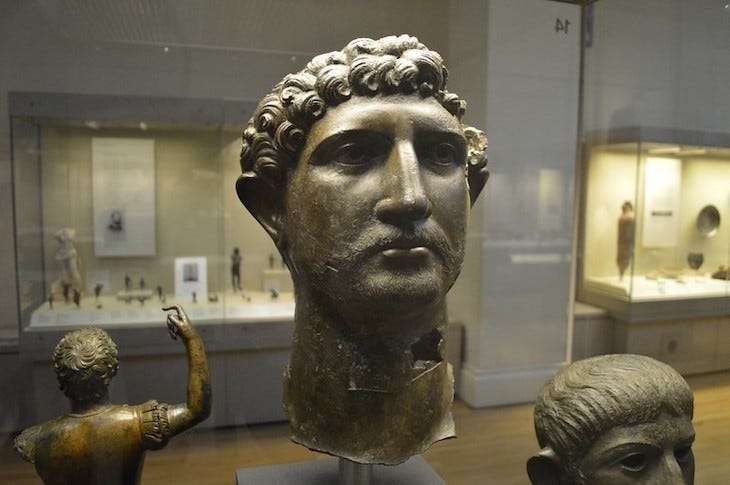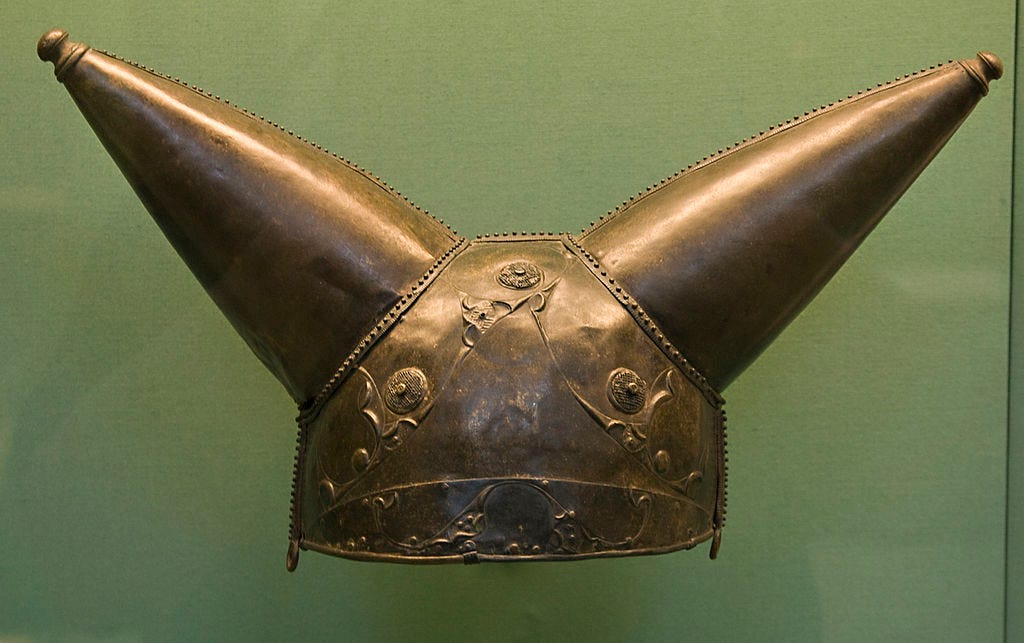Five... historic things found in the River Thames
What our ancestors surrendered to the river
Hi and welcome to your weekend newsletter…

This edition’s a handful of treasures sifted from hundreds of millennia of riverine mud, in honour of the upcoming Secrets of the Thames exhibition at London Museum (it opens 4th April 2025). The exhibition’s dedicated to the history of mudlarking and the artefacts the Thames has cast up onto its shores, or sometimes had dredged up from its waters over the years, from the depths of London’s history.
London’s history of mudlarking makes for a wild read itself — and deserves a future Five Things newsletter of its own — but for today I’m sticking to the tangible things surrendered to the river, that the river’s surrendered back to us over the years. The Thames preserves archeological treasures more carefully than some other rivers thanks to the low oxygen in its mud, so organic material is slow to decay, and it’s not unknown to find nearly intact Tudor leather shoes, Neolithic fossils, ancient bone ornaments, boxwood combs…
This article includes some original research by Matt Brown
A sizeable chunk of Emperor Hadrian
This bronze head has been confidently identified as the Emperor Hadrian, and it comes from a one-and-a-quarter-times life-size statue that would have once stood in a public square or forum in Londinium. Found in the Thames near London Bridge in 1848, you can still visit it in the British Museum. I haven’t come across any solid details about how it ended up consigned to the river bed — but the head was hacked from the statue’s body, so internet theories about anti-Roman sentiment/rebellions or ceremonial offerings abound.
Battersea shield and Waterloo helmet

Also in the British Museum: two pieces of armour from the Celtic period, pre-Roman invasion.
The Battersea Shield is thought to be the older of the two, and could have been created anytime between 350 and 50 BCE. It was dredged from the Thames in 1857 during preparatory works for Chelsea Bridge. No one knows why it ended up in the river, though the leading theory is that this was a votive offering. The double-horned helmet is from a similar period, and was found near Waterloo Bridge in 1868. It’s too flimsy to have offered any protection, so was probably a ceremonial piece. This is the only horned helmet from the Iron Age found anywhere in Europe.




